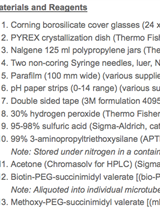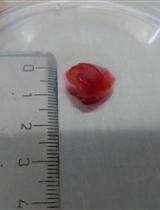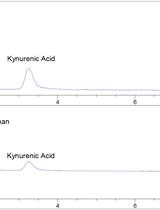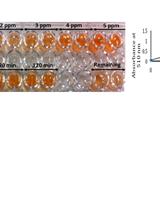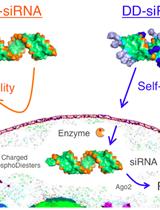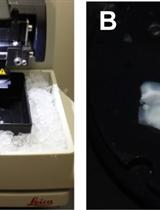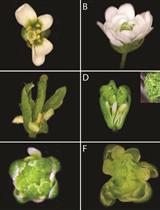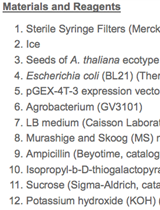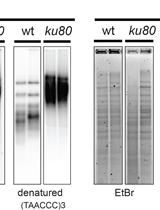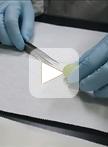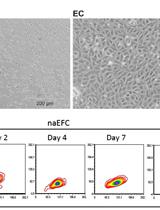- Protocols
- Articles and Issues
- About
- Become a Reviewer
Past Issue in 2016
Volume: 6, Issue: 7
Biochemistry
Cloud-point PEG Glass Surfaces for Imaging of Immobilized Single Molecules by Total-internal-reflection Microscopy
Cancer Biology
Colon Cancer-associated Fibroblast Establishment and Culture Growth
Extraction and Quantification of Tryptophan and Kynurenine from Cultured Cells and Media Using a High Performance Liquid Chromatography (HPLC) System Equipped with an Ultra-sensitive Diode Array Detector
Microbiology
Rust Removal Experiments
Procedure for Rhamnolipids Quantification Using Methylene-blue
Methods for Detecting Microbial Methane Production and Consumption by Gas Chromatography
Molecular Biology
Conjugation of Duplexed siRNN Oligonucleotides with DD-HyNic Peptides for Cellular Delivery of RNAi Triggers
Neuroscience
Isolation and Primary Cell Culture of Mouse Dorsal Root Ganglion Neurons
Measurement of Inositol Triphosphate Levels from Rat Hippocampal Slices
Plant Science
Preparation of Mitotic and Meiotic Metaphase Chromosomes from Young Leaves and Flower Buds of Coccinia grandis
Strategies for Performing Dynamic Gene Perturbation Experiments in Flowers
Expression, Purification and Enzymatic Assay of Plant Histone Deacetylases
Analysis of Telomeric G-overhangs by in-Gel Hybridization
Total RNA Extraction from Grape Berry Skin for Quantitative Reverse Transcription PCR and Microarray Analysis
Stem Cell
Isolation and Culture of Human CD133+ Non-adherent Endothelial Forming Cells


